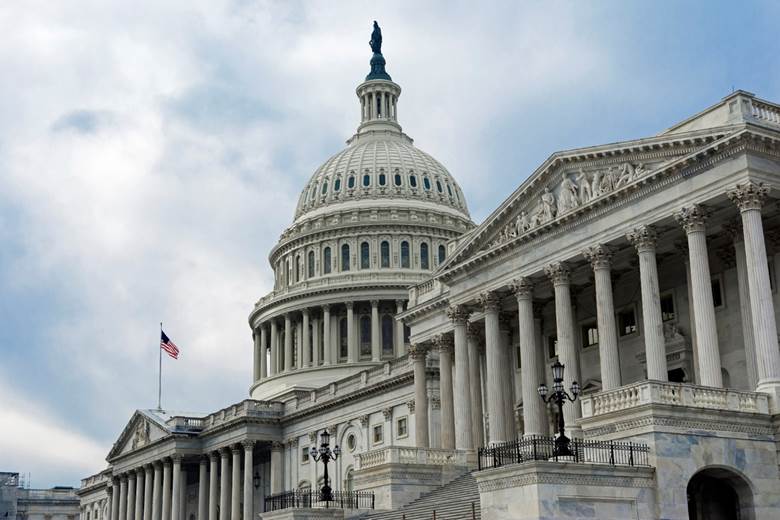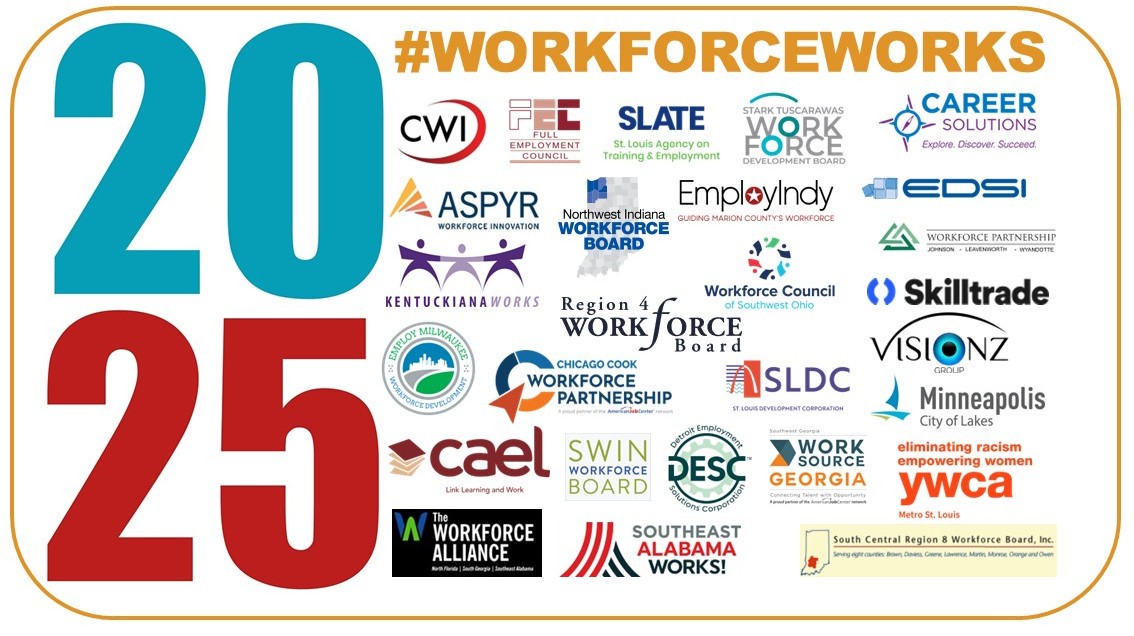August 2025 MUS Policy Perspective
Fiscal Year (FY) 2026 Appropriations Update
Earlier this summer, the Trump Administration released its FY 2026 Budget proposal. Workforce development advocates and stakeholders remain particularly alarmed at the inclusion of the Make America Skilled Again Block Grant proposal. It is important to remember that the Administration’s budget is non-binding and purely ideological. Very rarely, if ever, is a Presidential budget request (regardless of the President), taken too seriously on Capitol Hill.
The MASA block grant proposal would essentially eliminate the local workforce delivery system by collapsing eleven Department of Labor workforce programs and sending the combined grant directly to states. The budget proposal also included a $1.6 billion cut to those combined programs.
Members of Congress, specifically the Appropriations Committees in the House and Senate, are ultimately responsible for setting the funding levels for federal programs. Ahead of the August recess, the Senate Appropriations Committee approved, by a wide bipartisan vote, its FY26 Labor, HHS, Education Appropriations Bill. The Senate bill soundly rejects the MASA block grant proposal and would essentially fund WIOA and its connected programs at existing levels. There are marginal cuts included in the Senate bill for Adult ($10 million), Ex-Offender ($5 million), and Senior Community Service Employment Program ($10 million) but when compared to the FY26 Budget proposal and the likely FY26 House Labor, HHS Appropriations Bill (potentially coming in September), it provides a reasonable path forward for WIOA programs.
Also included in the accompanying funding report, the Senate ‘directs’ the Department of Labor to release formula funds in a ‘timely manner,’ consistent with historical norms and timelines. This is a direct result of the funding delays and pauses used by the Administration over its first six months.
This is only one piece to a very complicated appropriations/funding puzzle, but it is the most recent demonstration of congressional support for WIOA funding in months.
Administration Workforce Development Strategy
In April 2025, the President signed an Executive Order entitled ‘Preparing Americans for High Paying Skilled Trade Jobs of the Future’ which directed the Departments of Labor, Education, and Commerce to examine the workforce development programs under their respective jurisdictions and assess their merit in advancing the Administration’s priorities around workforce and economic development.
The Departments delivered this report to the President recently, and it is based on five core pillars –
1. Industry-Driven Strategies (connected to TEGL 02-25, August 6, 2025)
2. Worker Mobility
3. Integrated Systems
4. Accountability
5. Flexibility & Innovation
The report revisits previous criticisms of the current WIOA local workforce development system with an emphasis on creating a system more responsive to employer needs and critical industries and Administration initiatives, including those related to AI and reindustrialization/manufacturing. Many of the challenges identified in the report do not reflect ongoing works across the workforce system to deliver on these promises for employers and job seekers/workers.
The themes contained in the report also mirror the discussions with stakeholders and congressional leaders last year as they considered the Stronger Workforce for America Act (ASWA). The Trump Administration is seeking to better align workforce development efforts with employer needs, an effort that local workforce stakeholders can embrace. We will continue to stress the balance needed when considering employer needs and barriers within the available labor market.
Additionally, the report further stresses the Department’s support for the MASA block grant approach while noting that there are structural barriers to its creation. The areas of the report around accountability and innovation drill down a bit more on the data needs for program participants, include practitioners, employers, and job seekers. These are areas where local workforce development boards have been leading to better integrated data systems to empower greater forecasting and transparency.
We look forward to continuing our engagement with the Administration and Congress as they weigh options related to this report and broader workforce development efforts to showcase the leading roles local workforce boards are using to meet similar goals.






